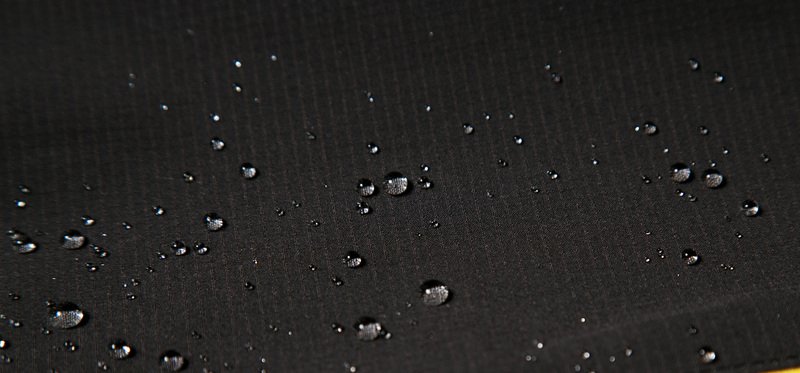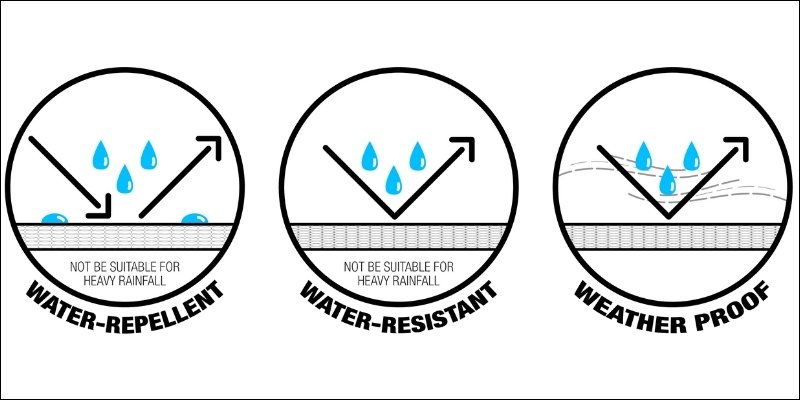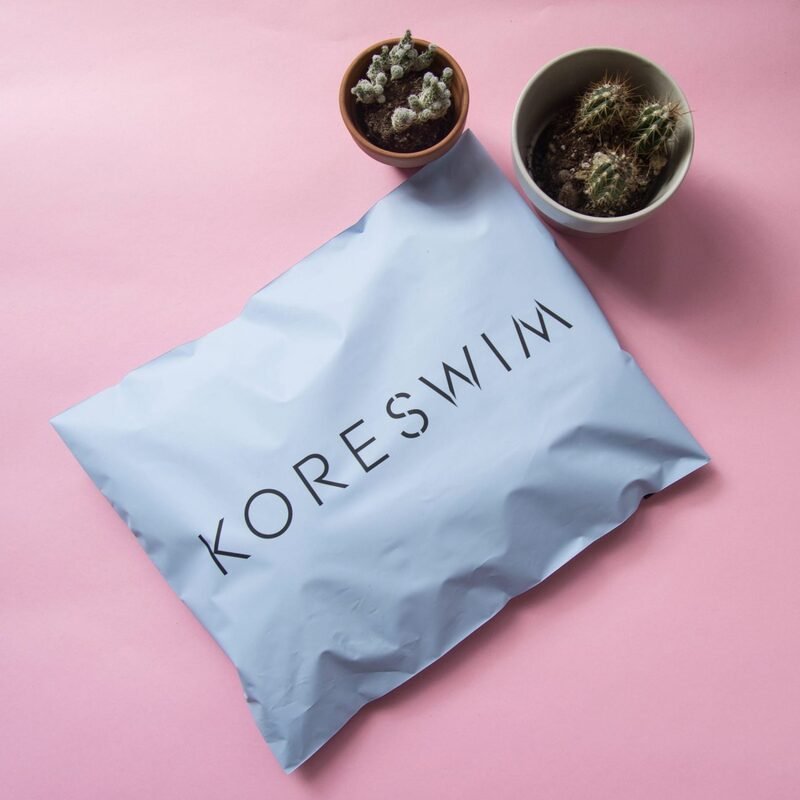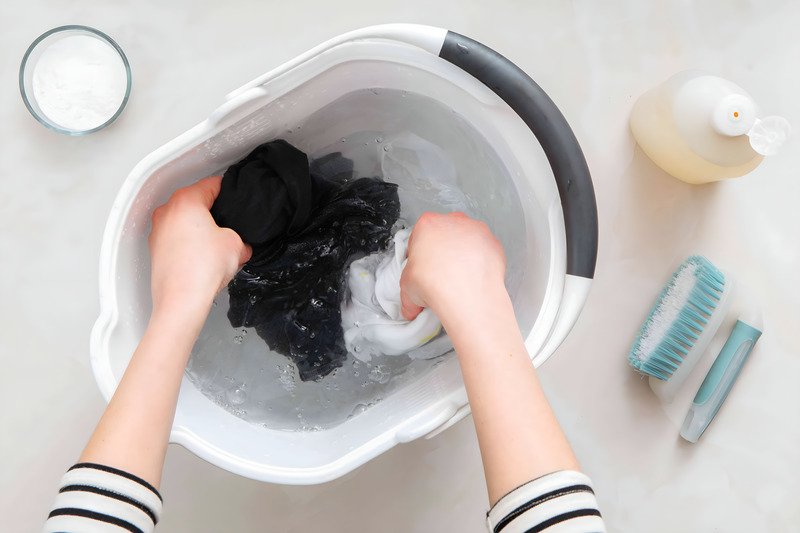What is Water-Repellent? A Simple Guide to How It Works
Ever wondered what is water-repellent and how it shields your belongings from light moisture? This guide explains, in simple terms, that water-repellent materials are treated to resist water absorption, causing droplets to bead up and roll off.
You’ll discover how this technology works, its common applications in clothing, bags, and even packaging like poly mailers, and how it differs from “water-resistant” and “waterproof.” Understand the benefits of this protective feature, learn how to maintain it, and see how this knowledge can help you make better choices for everyday items and product shipping.
1. What is this “water-repellent” we hear about?
1.1 Getting started
This guide explores something called “water-repellent.” You might see this word on clothes, bags, or even packaging. We’ll make understanding water-repellency easy for everyone. This is one of the important properties of a fabric you might come across. This term often appears, and knowing what it means can be quite useful. We at Packlove believe in clear information, so let’s explore this together.
1.2 Why it’s good to know
Knowing what water-repellent means helps you. It helps you pick the best clothes for a slightly rainy day. It helps you choose a good bag to keep your things dry. And, it can help you understand how some packaging, like Packlove’s poly mailers, can give extra protection to items you send.
Learning about the characteristics of performance apparel and packaging materials can be very useful. This post will help define “water-repellent” clearly for you. Understanding these terms empowers you to make better choices, whether you’re buying a jacket or shipping a product.

2. What exactly is water-repellent?
2.1 Water-repellent means: Water doesn’t soak in easily
The simplest definition of water-repellent is that the material is treated to prevent water from soaking into it quickly. When a fabric is water-repellent, it resists moisture. This means the fabric offers a first line of defense against wetness. It’s not about being completely immune to water, but about resisting it.
2.2 Picture this
Imagine tiny water drops on a leaf or a car that was just washed and waxed. The water drops form little balls and just roll off, right? A water-repellent surface tries to do the same thing with fabric. The water forms little beads (like small balls) on the surface and slides away instead of soaking in. This key characteristic is that it causes water to bead.
This effect happens because the surface is hydrophobic (a term meaning it ‘repels’ water), and it’s related to something called surface tension, which is the force that makes the surface of a liquid act like a stretched elastic sheet.
This beading effect is the tell-tale sign of a water-repellent material. We see this often with our Packlove poly mailers; light moisture tends to run right off them instead of immediately soaking through. This is because the material itself has these hydrophobic properties.

2.3 Water-repellent helps with a little bit of water
Think of light rain, like a drizzle, or if you accidentally spill a little water. It is good for these situations. So, is water-repellent enough for light rain? Usually, yes. But it’s not meant for very heavy rain or if you go swimming. For those, you need something stronger. It’s crucial to match the level of water protection to the conditions you expect. Water-repellent is great for everyday light encounters with moisture.
3. The secret behind water-repellent magic
3.1 Special treatment
Most things that are water-repellent have a very thin, special layer on the outside. This is a type of coating or a special treatment applied to give the material its properties. You usually can’t see this layer or even feel it on the fabric.
This invisible shield is what gives many materials their water-repellent quality. It’s a clever bit of science applied to everyday items.
3.2 Making water slip off
This special coating changes the surface of the fabric. It makes the surface a bit “slippery” for water. So, when water lands on it, it’s easier for the water to roll off instead of sinking in. This is what makes a fabric repel water. It’s about reducing the surface tension between the fabric and the water.
A very common type of strong coating used for this is called DWR, which stands for Durable Water Repellent. Think of DWR as a tough shield that helps water slide off. The DWR coating is a popular choice because it effectively creates that water-beading effect and is designed to last through some wear and tear.

3.3 Can you still breathe?
When we talk about clothes, good water-repellent treatments are designed to still let air pass through. This is called breathability, which is the ability of a fabric to allow moisture vapor to be transmitted through the material. It’s an important fabric property because it means you won’t feel too sweaty or clammy when you wear the item.
This balance is key for comfort in apparel. A garment that repels water but doesn’t let your body moisture escape would feel like wearing a plastic bag.
4. Water-repellent, water-resistant, waterproof: What’s the real difference?
4.1 So many words!
You might hear “water-repellent,” “water-resistant,” and “waterproof.” These words all talk about how much water something can handle, but they are not the same. They tell you the degree of water resistance. It’s easy to get these terms mixed up, but understanding the distinctions can help you choose the right product for your needs.

4.2 Water-repellent
- Protection: This gives the lightest level of protection against water.
- Good for: Light drizzle, small splashes, or misty weather. As we said, water beads up and rolls off the surface.
- How it works: It’s usually a special coating on the fabric’s surface.
This is your first line of defense against light moisture.
4.3 Water-resistant
- Protection: This offers more protection than water-repellent. It can handle light to medium rain for a short amount of time.
- Good for: Showers, or times when you might get a bit wet but not soaked. The fabric itself might be woven tightly to resist water, or it might have a stronger coating.
- How it works: It can be due to the way the fabric is made (like a very tight weave where threads are packed closely) or a more significant coating.
Water-resistant items can handle a bit more water exposure than water-repellent ones.
4.4 Waterproof
- Protection: This gives the highest level of protection. It’s designed to keep water out completely, even in heavy rain or if you sit in snow.
- Good for: Stormy weather, serious outdoor activities, or any time you need to stay completely dry.
- How it works: These items often use special materials or membranes (a very thin layer, often like a plastic sheet inside the fabric, that blocks water) that block water. The seams (where the fabric is stitched together) are also often sealed or taped to stop water from getting in through the tiny holes.
Waterproof is the term for when you absolutely need to keep water out.
4.5 Quick look table
Here’s a simple table to help you see the differences. This provides a quick comparison and helps distinguish water-repellent from similar terms.
| Feature | Water-Repellent | Water-Resistant | Waterproof |
|---|---|---|---|
| Protection level | Lowest | Medium | Highest |
| Handles | Light mist, drizzle, small splashes | Light to moderate rain (short period) | Heavy rain, snow, immersion |
| How it works | Surface coating (causes beading) | Tightly woven fabric, denser coating | Special membranes, sealed seams |
| Water entry | Water beads and rolls off | Resists penetration for a while | Prevents water entry |
| Breathability | Usually good | Can vary; may be less than repellent | Can vary; some are breathable, some not |
At Packlove, we find explaining these differences helps customers, especially when they ask about the protection level of our poly mailers. They are water-repellent, good for shipping, but not fully waterproof like a sealed container designed for submersion.
Need help choosing the right packaging or labels? Contact Packlove for a consultation!
5. Where do we find water-repellent stuff?
Water-repellent features are useful in many places. Learning about the applications of water-repellent materials can help you.
5.1 Everyday clothes
You can find water-repellent technology in light jackets, windbreakers, some types of pants (especially for sports or outdoor activities), and general outdoor gear. Many performance apparel items include some level of water repellency.
Often, these are made from synthetic fabrics like polyester or nylon, which take these treatments well. From your daily commute to a weekend hike, water-repellent clothing offers comfort and protection.
5.2 Bags and backpacks
Many bags and backpacks have a water-repellent finish. This helps keep your books, laptop, or gym clothes dry if you get caught in a sudden light shower. When looking for the best water-repellent material for bags, you’ll often find treated nylons or polyesters. A water-repellent bag can be a lifesaver for your valuables on a damp day.
5.3 Shoes
Some casual shoes and sneakers also have a water-repellent finish. This helps keep your feet a bit drier if you step in a small puddle or get caught in light rain. This feature adds a practical touch to footwear, especially in unpredictable weather.
5.4 For your packages – like Packlove poly mailers
Application in packaging: Packlove poly mailers
At Packlove, our poly mailers are a good example of how water-repellent qualities are useful in packaging. They are made from a material that naturally makes water slide off. This is great because it adds an extra bit of protection to your products when you ship them. If your package gets caught in a little rain on its journey, the water is less likely to soak through the mailer quickly.
These mailers contribute to proper packaging by protecting contents from environmental factors. This is a useful feature to consider when determining if water-repellent packaging is suitable for your shipping needs. Many of our customers appreciate this, as it gives them peace of mind when sending products, especially items sensitive to a bit of moisture. This characteristic helps ensure your items arrive in great condition.

Thinking about labels for your products?
If the product you are selling is itself water-repellent (like special outdoor gear or some treated clothing), you’ll want to make sure your branding labels can also handle a bit of moisture. You wouldn’t want a label to smudge, peel, or fall off if it gets a little wet. The impact of water-repellency on label adhesion and durability is important.
For clothing labels, durability on treated fabric is a key consideration. Packlove can offer guidance on choosing label materials that work well with such products. Our understanding of water-repellent materials helps us advise customers to select appropriate branding for products exposed to light moisture. If you are selling water-repellent items, your labels need to match that durability. At Packlove, we can help you select materials like certain woven labels or rubber labels that are more resistant to moisture and adhere well to treated fabrics.
6. How to keep your water-repellent items working well
6.1 It might wear off
The special water-repellent coating is not always permanent. Over time, with washing, rubbing, and general use, this coating can get weaker. This is a common issue when maintaining water-repellent properties in clothing. Like many special finishes, water repellency can diminish with use.
6.2 Gentle care
To help the water-repellent finish last longer, it’s usually best to wash these items gently. Don’t use harsh soaps or fabric softeners unless the care label says it’s okay. Sometimes, you can buy special sprays to help make them water-repellent again. These are products designed to refresh the DWR coating. Proper care can extend the life of the water-repellent treatment.

6.3 Read the label
Always a good idea! The care instruction label on your clothes or gear will tell you the best way to look after it and keep its special features working. The manufacturer’s instructions are always the best guide.
7. Your questions answered (FAQs)
7.1 Is water-repellent the same as waterproof?
No, they are different. Waterproof gives much more protection from water than water-repellent. Water-repellent is for light moisture, while waterproof is for heavy rain and keeping water out completely. (You can look back at Section 4 for more details).
7.2 How long does a water-repellent finish last on clothes?
It really depends on how much you use the item and how often you wash it. A good quality finish can last for many washes, but it will likely get weaker over time.
7.3 Can I make my regular clothes water-repellent?
Yes, for some types of fabric, you can. You can buy sprays (often called DWR sprays) that you can apply to some fabrics to help them repel water. Always check the spray’s instructions and if it’s suitable for your fabric.
7.4 Are Packlove’s poly mailers completely waterproof?
Our poly mailers are designed to be water-repellent. This means they do a good job of helping light moisture, like drizzle or small splashes during shipping, slide off. They offer good protection against typical shipping conditions where packages might encounter some dampness.
However, they are not designed to be submerged in water or for extreme, prolonged exposure to heavy rain. So, they are not waterproof in the way a sealed plastic container would be. We want to be clear: our poly mailers offer excellent protection against the everyday moisture a package might encounter.
They are great at making water slide off, but if you need something to survive being dropped in a lake, that’s a different kind of ‘waterproof’ packaging.
7.5 What is DWR?
DWR stands for “Durable Water Repellent.” It’s a very common type of coating that is put on fabrics to make them water-repellent. The word “Durable” means it’s made to last for a good while, through use and washing, better than some simpler treatments.
Explore more:
Water-repellent means the material helps keep light water off. It’s not for heavy rain or getting soaked. The water usually beads up and rolls away because of a special treatment or coating on the fabric. It’s about offering a barrier against light moisture, making water bead up and roll away.
Understanding terms like water-repellent, water-resistant, and waterproof helps you choose better products for what you need, whether it’s clothes, gear, or even thinking about how to package your items. We hope this information helps you. We trust this explanation makes “water-repellent” clear. At Packlove, we aim to provide useful information to help you with your branding and packaging needs.
Have questions about how water-repellent features can benefit your packaging? Or need advice on the best labels for your products? The team at Packlove is here to help! Contact us today for expert advice and explore our range of Poly Mailers and custom labels at Packlove.






















